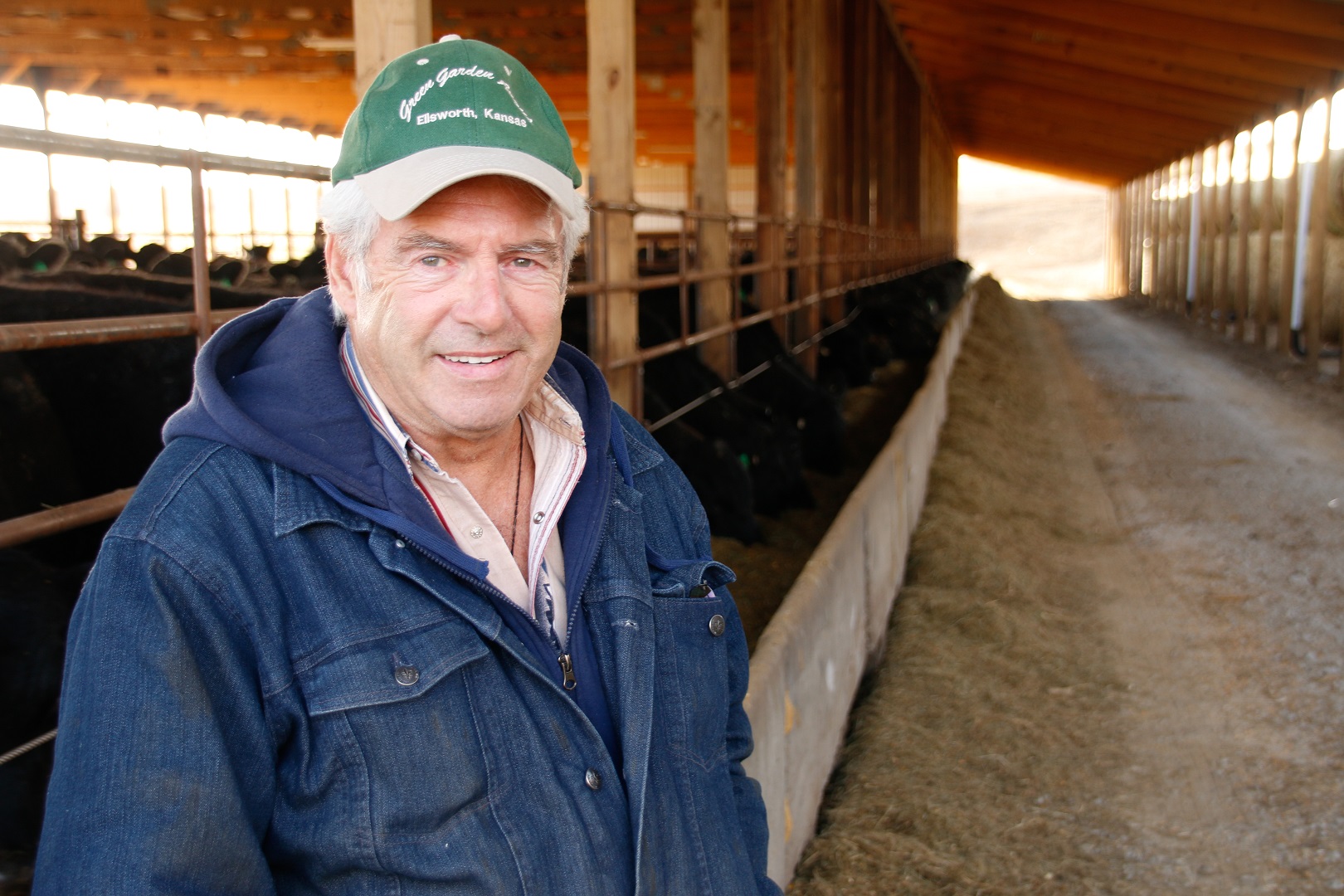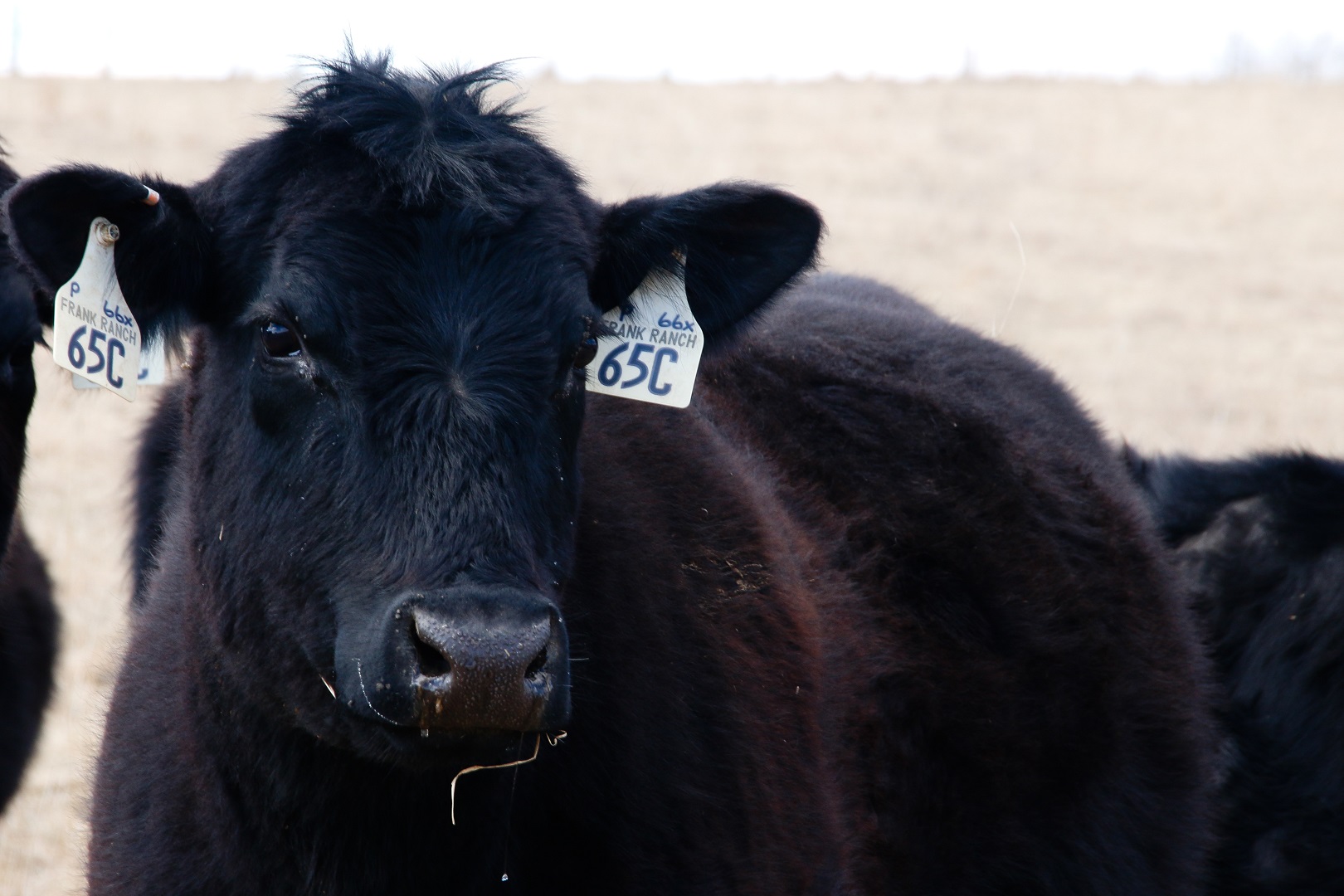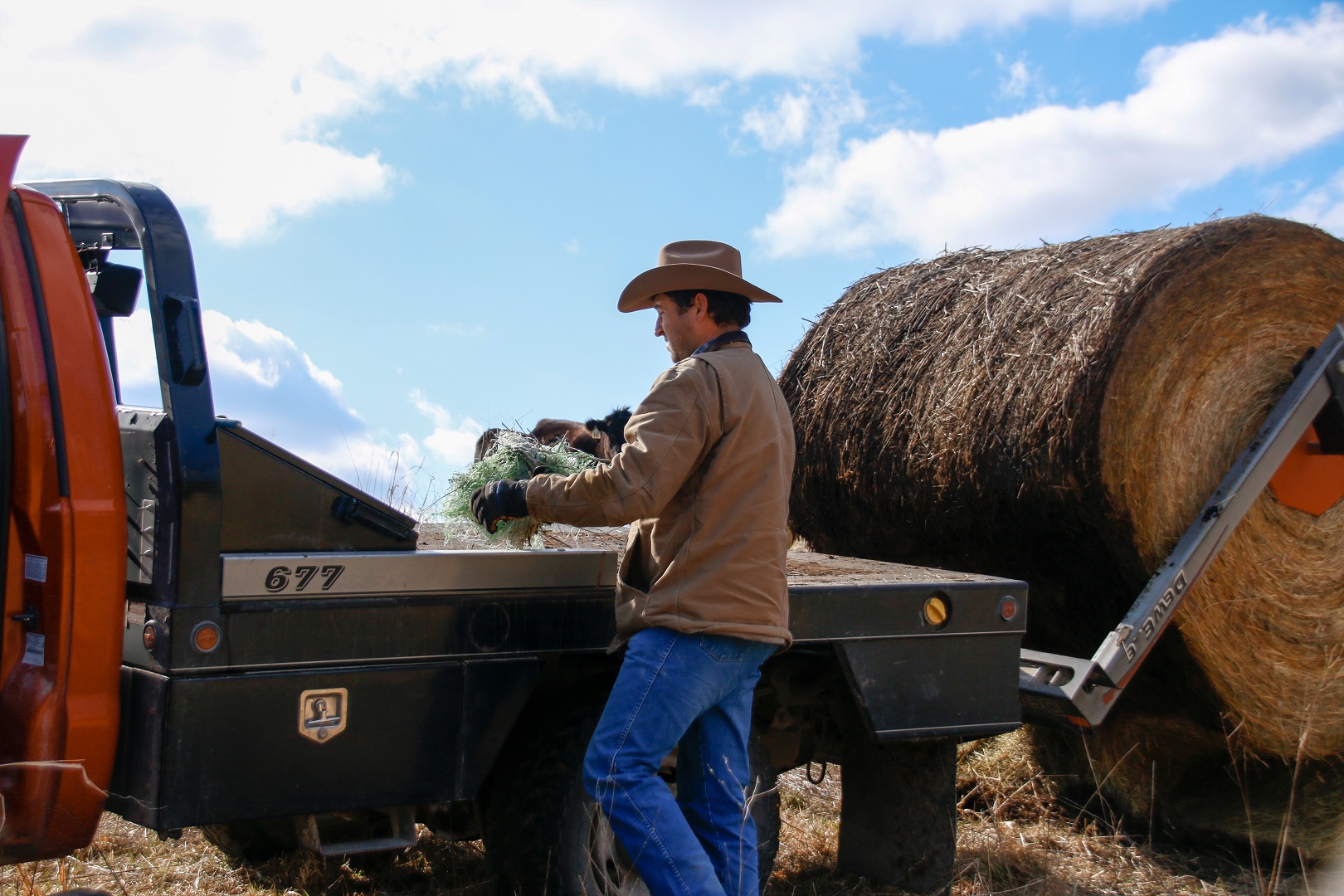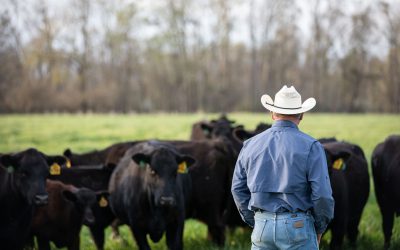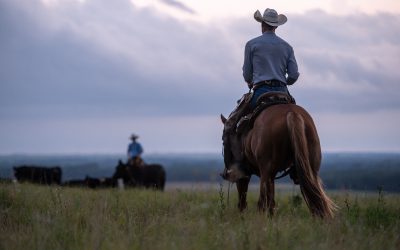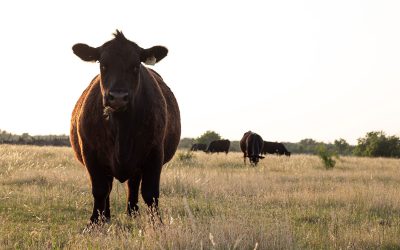‘Worth the squeeze’
Used cars. Potential dates. Bred heifers.
A prudent shopper for any of the above is wise to wonder: How well were they cared for before I came around? What impact did the last person leave for me to deal with? What shape are they in now?
It’s no different in journalism.
A quick google search may reveal if a family I’m preparing to interview has been written about before, but it doesn’t tell me about their experience with the journalist.
So when a conversation starts with… “I did an interview for this paper once, and let me tell you…” I cringe a little. Was the last writer looking for a story this person’s experience didn’t play in to? Did they twist their words on purpose, or just accidentally use them out of context? Or did they nail it, leaving such a memorably positive experience that this rancher just can’t wait to share in hopes my story will mirror it?
In this case, Robin Frank pointed out the peculiar way journalists can pick up on some small detail or off-the-cuff comment and upgrade it – perhaps disproportionately – to a headline. It was something about a purple cow… how he didn’t care what color it was, if it was making the most money, he was going to work to breed it, build it and sell it.
He rolled his eyes a little at being then dubbed the ‘purple cow’ guy.
“Of all the things they could have picked for the headline, that’s what they went with?”
And yet, I couldn’t help myself. After all, he did come up with some colorful analogies. And, he used the phrase no less than five times in our afternoon together on their Hatfield, Missouri, ranch, so it wasn’t exactly obscure: “the juice has to be worth the squeeze.”
As in, if you’re putting extra work in, there better be extra pay at the end.
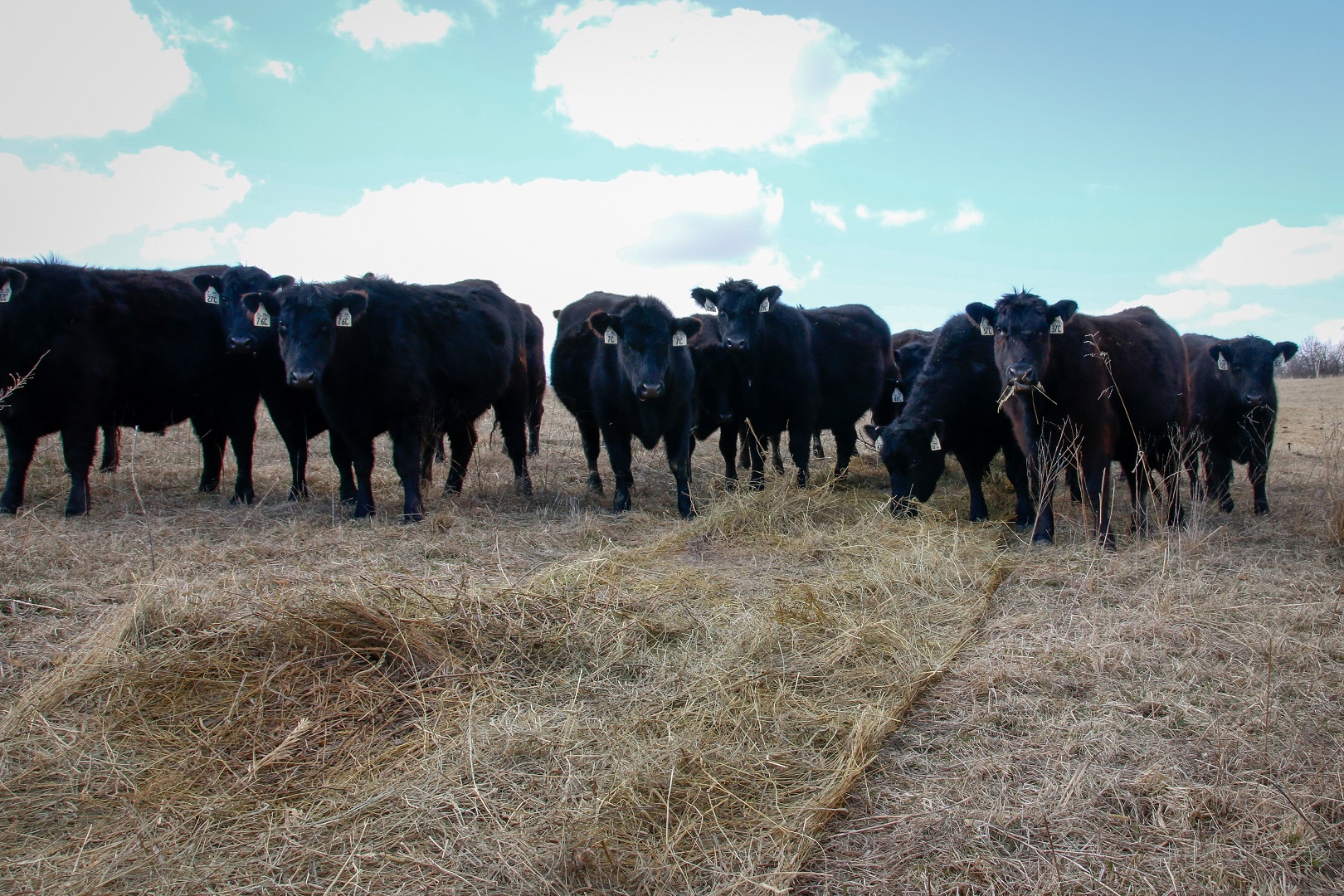
“Listen to the markets – consumers will let you know what they want, and they’ll buy the heck out of it,” Robin says.
That’s the juice, but how do you calculate the squeeze? The only way to truly tell the value of what’s leaking out of the bottom line is to study the numbers, he and son Shannon agree.
In the past 11 years, while transitioning to an all-Angus commercial herd, they moved from an average 1,425-pound (lb.) cow to a 1,217-lb. average in the spring herd, while pushing weaning weights up to fill the gap and achieve an average 49% percentage of weaning to dam weight.
“It may look like you’re losing from the outside, but when we really put the numbers to it–and we’re running a smaller cow, with a smaller bull and a smaller calf—we’re talking about cost per acre to produce this, and it works,” Robin says.
Looking further down the line on the feedyard side, they’ve found a worthwhile balance in carcass premiums. In 2012, a group of their steers finished with 53% Prime carcasses. A couple years later, another group hit 81% Prime.
“With that many Primes, it’s worth the squeeze,” he says.
Shannon speaks a touch more plainly: “I’m trying to make the most money a person can make here, so that I can keep doing this for a long time.”
Straightforward, much like their approach to building the efficient, data-driven herd you can read about in their feature.
Until then, keep questioning.
-Laura
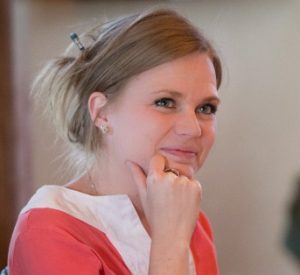
You may also like
Progress from small steps
Every day is a chance to learn and get better. Thousands of others like my new friends in Alabama are taking steps to meet the shifts in consumer demand, and to know more. Small steps in the right direction can start now. Even if it’s just recording a snapshot of where you are today, a benchmark for tomorrow.
Not perfect, but working to get better
The CAB Cattleman Connection team heard its name called more than once in the virtual ceremonies, and each time came a sense of personal accomplishment, but even better: confirmation that we’re getting better at our craft. I hope that means we’re doing a better job for you.
Beefed up findings
Frank Mitloehner presents his findings on the animal ag sector’s impact on global warming. He explains how cattle counterbalance other fossil fuel sectors, proving that cattle are a solution and not a threat.

